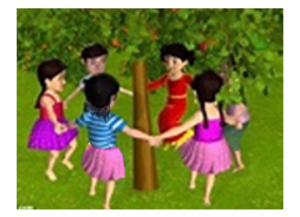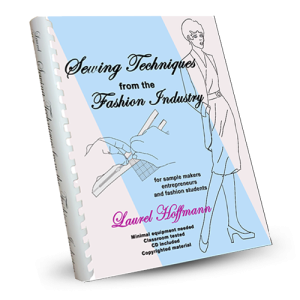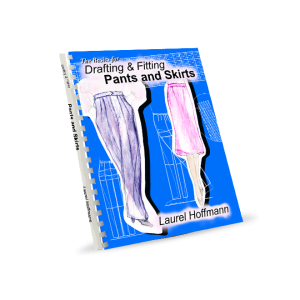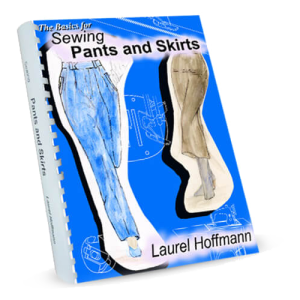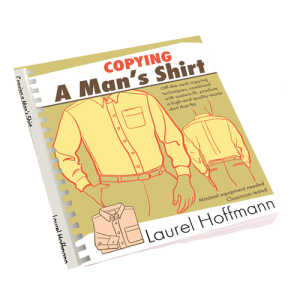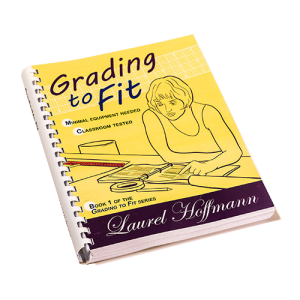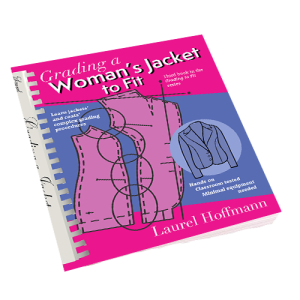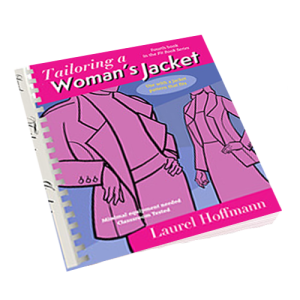The twentieth and twenty-first centuries have seen dramatic changes in women’s lives
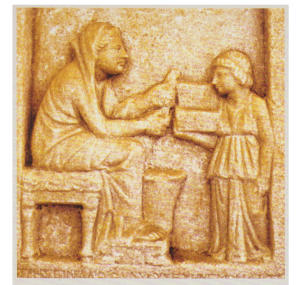
When we look back at history, it’s obvious that during the last two centuries women have fought for and have improved their lives in numerous ways including clothing styles, domestic work, employment outside the home, voting, hair styles, and education,
There is almost no mention of women in history
Where are the women in the history books? His-story is full of fighting and conquests. It’s been said, Women do the work of the world. But it takes quite a bit of sleuthing to find them. Art history does mention Impressionistic painter Mary Cassett, but other than that, almost no women are mentioned.
In Athens, Greece during the fifth century BC there were huge intellectual developments, but no mention of women. In over 400 pages in The Encyclopedia of ANCIENT GREECE, the only depiction of an Athens woman is a sixth century BC Greek relief of a Greek mother teaching her son to read.
In ancient times a girl’s marriage at 12 and 13 often enhanced the father’s position economically. Love was not even considered. Husbands, married to virtually children, made the decisions, which may be the reason men were often thought to be smarter than women. Mary was probably 13 or 14 years old when she gave birth to Jesus.
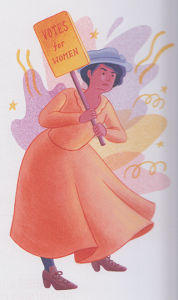
Women fight for the vote
Not much changed over the next twenty-two centuries. When Abigail Adams asked her husband to consider the ladies, John shrugged off Abigail’s entreaty in a letter of April 14: As to your extraordinary Code of Laws, I cannot but laugh,” finding her suggestion of female revolution saucy. He concludes by saying that Masculine systems . . . are little more than Theory and that repeal of them would completely subject Us to the Despotism of the Petticoat.
In She Votes by Bridget Quinn, the story of the women’s fight for the vote here in the USA is appalling. Hunger strikes, prison, put downs. It took until 1920 to secure the national vote for women.
My maternal grandmother, who graduated from teacher’s college at 16 in 1902, had already given birth to four children. Her two sons, then 13 and 14 years of age, often brought home problems from their algebra teacher for their mother to solve. Her mathematical skills enabled her and her husband to help three of his brothers buy farms, raising her husband’s family out of poverty. Yet until 1920, my grandmother had no right to vote and no control of her life because of her sex.
Women’s lives at home
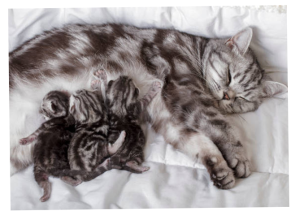
In the 1800s, choosing marriage meant giving up the self, plus giving birth to an average of seven children. Most married women were pregnant or nursing for between twenty to twenty-five years of their adulthoods. Many died in childbirth. Many others died young, their health worn out. She Votes, page 27.
Abortion is now illegal in many states in the USA. It will return to the back alleys, putting desperate women’s lives at risk. Many mothers, already with more children than they can afford, others in other desperate situations, will be its victims. About Roe v. Wade.
Not many women went out from the home to work after World War II ended. There was just too much work to do at home. In the country many homes still did not have indoor bathrooms. Those that did heated the water on the stove before taking a bath. Outhouses were commonplace. Telephones were a luxury. Many women didn’t drive. Little girls in the 1940s sang Here We Go Round the Mulberry Bush, the weekly schedule their mothers followed week by week.
- Monday morning: Wash clothes. Ringer washers were used. It was an all day project. Clothes were hung out on the line during winter – if it
Here we go round the Mulberry Bush, the Mulberry Bush, the Mulberry Bush, etc. This is the way we wash the clothes, early on Monday morning, etc. rained, the wash was hung in the cellar.
- Tuesday: Iron all day. Back then even sheets were often ironed.
- Wednesday: mend clothes. All women knew some sewing as it was required that they learn it in school. Boys took shop, forbidden to girls.
- Thursday: make clothes.
- Friday: clean the house. Vacuum cleaners helped.
- Saturday: bake bread.
- Sunday: go to church. Then, as the song goes, all fall down.
Modern technology and the industrial revolution has reduced the amount of housework needed in the home
But automatic washing machines, dryers, perma-press clothing, vacuum cleaners, dish washers, electric mixers and store-bought clothing cost money. To pay for these conveniences meant many women now work outside the home. Children, once kept in the home until school age at five, now are often left in day cares so the mothers can go to work. Many of these children are miserable in day care, crying for their mothers. My daughter has a degree in early education. She was so upset by the children’s misery, she stopped working in day care. Finances necessitate that fewer caretakers in day care can be hired than are actually needed. Pay is low. Children learn to manipulate to get the care they need. Very young children are often afraid to have their diapers changed.

Fashion
It’s been said that if one knows how to read the current fashion trends, one can see exactly what is happening in a society.
Up until the 1920s fashion was restrictive. Through the 1950s girls were not permitted to wear pants to school. As women move into fields previously held only by men, women’s clothing is becoming unisex. Vice-President Kamala Harris, obviously well aware of the importance of clothing, wears pant suits as she campaigns for president of the United States. I suspect she has read Games Mother Never Taught You, The Classic Guide to Making it In a Man’s World. Chapter 13, The Uniform–What to Wear as an Active Player, zeros in on woman’s clothing – good information if a woman wishes to avoid male chauvinism toward her clothing. Vice-president Harris wears colors men would never wear which sets her apart – a tactic I read years ago in a book I can no longer locate. Wearing pants helps eliminate the problem of inadvertently presenting herself as a sexual object.
Careers
In the 1950s a young woman could become a nurse, teacher, or secretary – either jobs men did not want, or jobs that aided men at their jobs. Until 1964 an employer could refuse to hire you because you were a woman.
Until 1974 refusing to sell a woman a home was legal. Until 1988 you could refuse to rent to women with children. Until the 1970s women designed women’s clothing in the apparel industry, men drafted and fitted women’s clothing. Needless to say, drafting and fitting clothing paid much better than designing.
Today more careers for women have opened up. However, many, if not most women still are paid less do to the same work as men.
LaurelHoffmann-YouTube
https://laurelhoffmann.com/
https://www.facebook.com/CFashionEdu
https://www.linkedin.com/in/laurelhoffmann/
https://phillycam.org/project/creating-fashion
https://www.instagram.com/laurelhoffmann4015/
RSS Feed: https://laurelhoffmann.com/blog/
https://www.ravelry.com/projects/LaurelHoffmann
https://www.yelp.com/biz/laurel-hoffmann-oreland
https://www.thumbtack.com/pa/philadelphia/drawing-lessons/fashion-drafting-sewing-books-classes
e-mail
Phone: 215 884 7065
